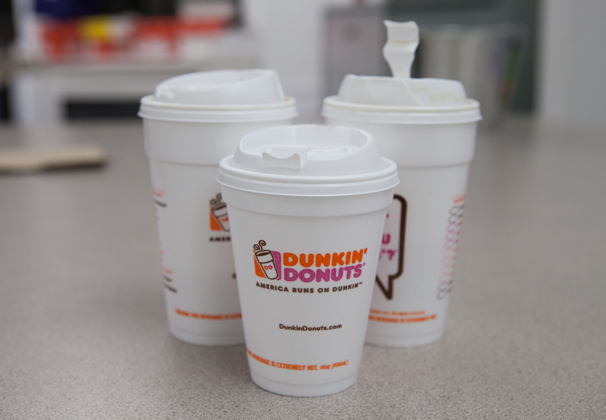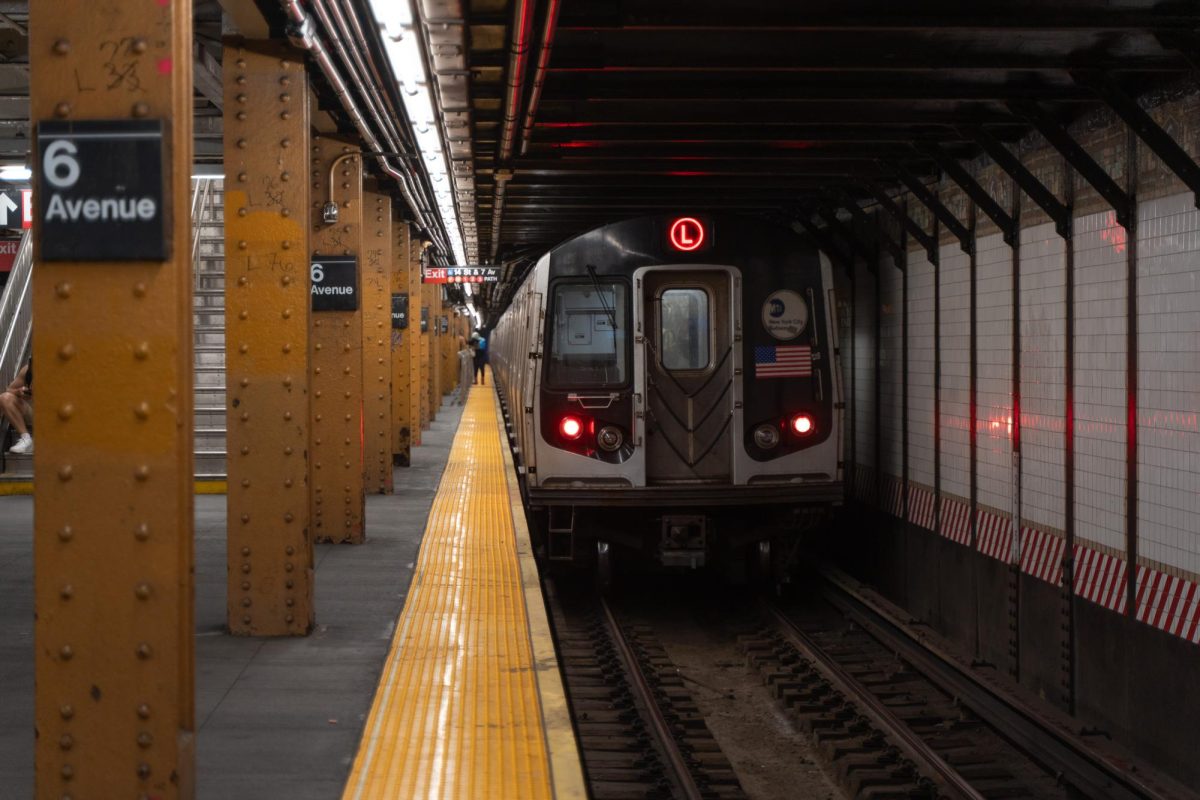
A recent push for a ban on Styrofoam containers could have significant environmental and economic implications for New York City.
This citywide sanction would be an effort to reduce the city’s recycling and waste removal costs.
The government hopes that the ban will reduce the size and expense of landfills. The ban also fits into a plan that Mayor Michael Bloomberg’s office announced last year to double New York City’s household recycling rate by 2017.
“The recycling rate is quite low here compared to other cities,” said Michael Keane, a professor of urban planning at the Wagner Graduate School of Public Service. “Actually, I think it’s hovering [around the] mid-20s. Compared to cities like Chicago and Seattle, we’re really falling behind.”
The Styrofoam ban demonstrates a new ecological focus for the Bloomberg administration, which is a break from previous tendencies, even though Bloomberg put a temporary hold on glass, plastic and metal recycling in 2002. Now, however, he appears to be changing his priorities.
“This effort by Bloomberg shows him shifting away from end of the pipe waste management solutions to a more source-based one,” Keane said. “Solutions like this aim to reduce the amount of garbage being processed. I think that the administration is wise in its approach here, given how not comprehensive the current recycling program is.”
Another side to take into consideration is the effect the ban will have on New York City food vendors. The consequences of this legislation have seemed to create an almost unanimous reaction among smaller-scale food service providers: raising costs.
“High supply, high cost,” said Jerry Ley, the owner of Cambodian Cuisine, a food truck that regularly operates near NYU campus. “We are the small guy. When the price [of supply] goes up, we have no choice because no matter what I need to feed my children.”
Replacing Styrofoam containers with plastic or aluminum containers means another regulation for Ricky Oh, owner of Han’s Deli on Broadway between Bleecker and Bond streets.
“It will definitely be more expensive. They give out a lot of tickets. They check every little thing, every little sign, even this,” Oh said. “It seems like if they want to give you a ticket they will.”
Bloomberg reaffirmed the Styrofoam ban in his final State of the City address last week, after it was originally proposed by the New York City Department of Sanitation. He said that Styrofoam, aside from the environmental problems, also has negative economic consequences for New York residents.
“[Styrofoam] is terrible for taxpayers,” Bloomberg said in the address. “Styrofoam increases the cost of recycling by as much as $20 per ton because it has to be removed.”
Conflict between ecological and economic interests appears to be the decisive factors for this ban. Whether the city’s priorities lie with finances or the environment remains to be seen.
A version of this article appeared in the Tuesday, Feb. 19 print edition. Jason Boxer is a contributing writer. Email him at c[email protected].





















































































































































